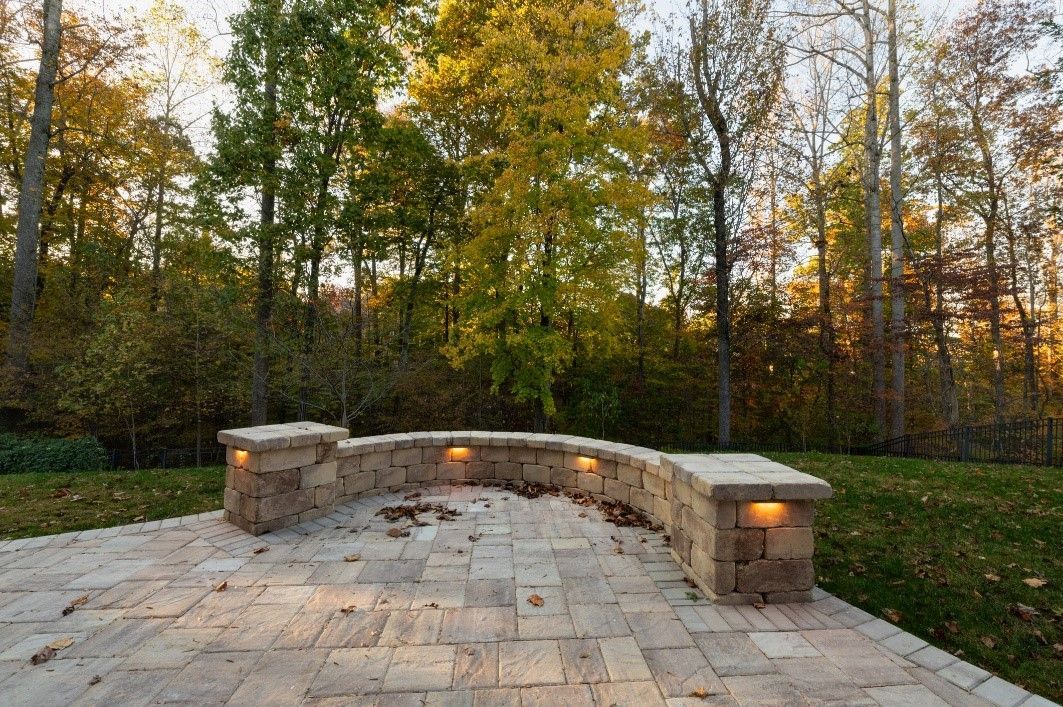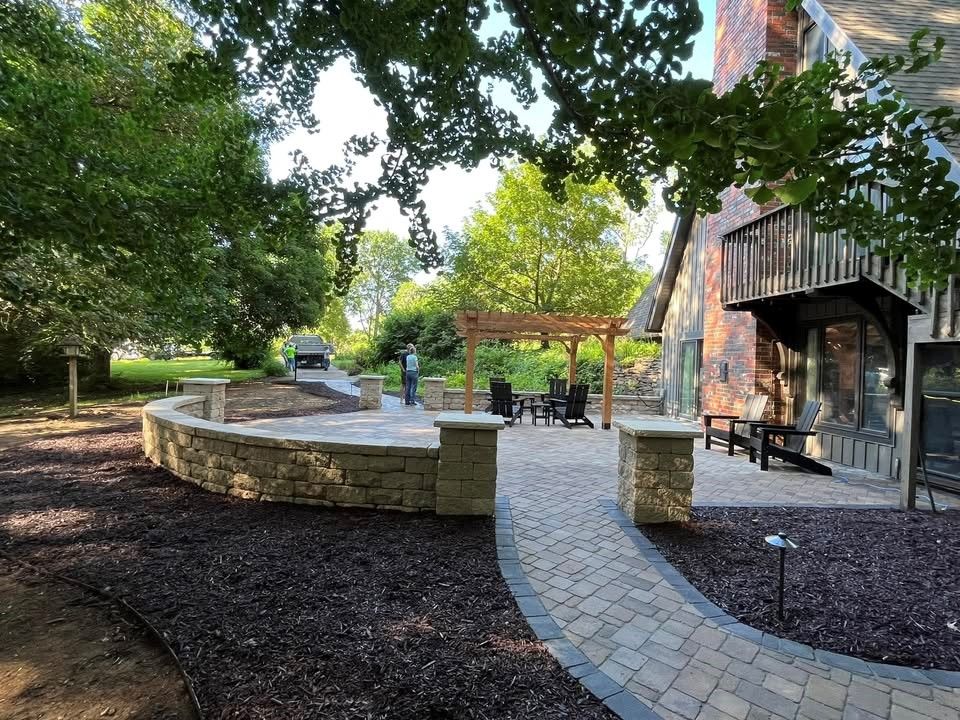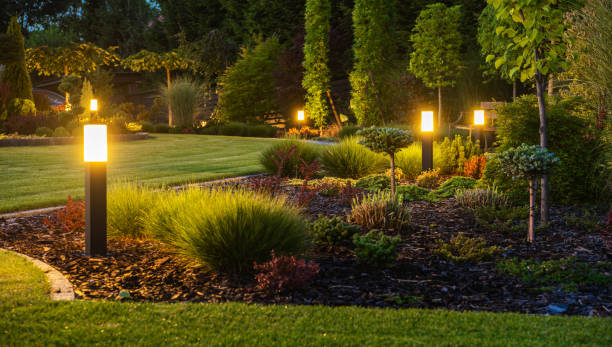Retaining Walls: Types, Designs, and Functions
Retaining walls is crucial in modern construction, particularly in managing slopes and maximizing usable space in urban environments. These structures are designed to hold soil or water, creating level areas on sloping sites. Let’s explore the types of retaining walls, their designs, and their functions, providing insight into their significance in engineering and landscaping.
Types of Retaining Walls
Understanding the types of retaining walls is vital for selecting the appropriate structure for a specific project. The four primary types include:
1. Gravity Retaining Walls: These walls rely on their weight to resist lateral earth pressure. Typically made from concrete or masonry, gravity walls are simple to construct and effective for heights up to about 3 meters. Their design usually features a broader base and sloped face to enhance stability.
2. Cantilever Retaining Walls: Constructed from reinforced concrete, cantilever walls have an L-shaped or inverted T-shaped foundation. This design allows them to support greater heights—up to 5 meters—while occupying less space than gravity walls. The wall's stem transfers the pressure from the backfill to the foundation, preventing toppling.
3. Embedded Retaining Walls: These walls extend deeper into the ground than the excavation depth, utilizing passive earth pressure for stability. They are ideal for underground structures like basements and can reach depths up to 40 meters. Various methods, such as diaphragm walls or sheet piles, can be employed based on site conditions.
4. Reinforced Soil Retaining Walls: Also known as mechanically stabilized earth walls, these structures use geogrid layers to reinforce soil into a stable mass. This method increases bearing capacity and reduces the need for extensive foundations, making it a cost-effective solution for many projects.
Functions of Retaining Walls
The primary function of retaining walls is to provide structural support against lateral earth pressures caused by soil or water behind them. They also serve several other important purposes:
● Erosion Control: By holding back soil, retaining walls prevent erosion caused by rainwater runoff.
● Water Management: They can help direct water flow away from structures, reducing the risk of flooding.
● Land Utilization: In urban areas where space is limited, retaining walls create usable land by allowing for terraced designs.
● Aesthetic Appeal: Various designs are available, and retaining walls can enhance the visual appeal of landscapes while serving functional purposes.
Elevate Your Space with Custom Retaining Walls
Retaining walls are vital structures in civil engineering and landscaping that serve multiple functions. Project planners can make informed decisions that enhance safety and functionality by understanding the different types of retaining walls, their designs, and their purposes.
Contact Midwest Turf and Landscape today if you're considering a project involving retaining walls or need professional landscaping services. Our experienced team can help you choose the right solutions tailored to your needs.








